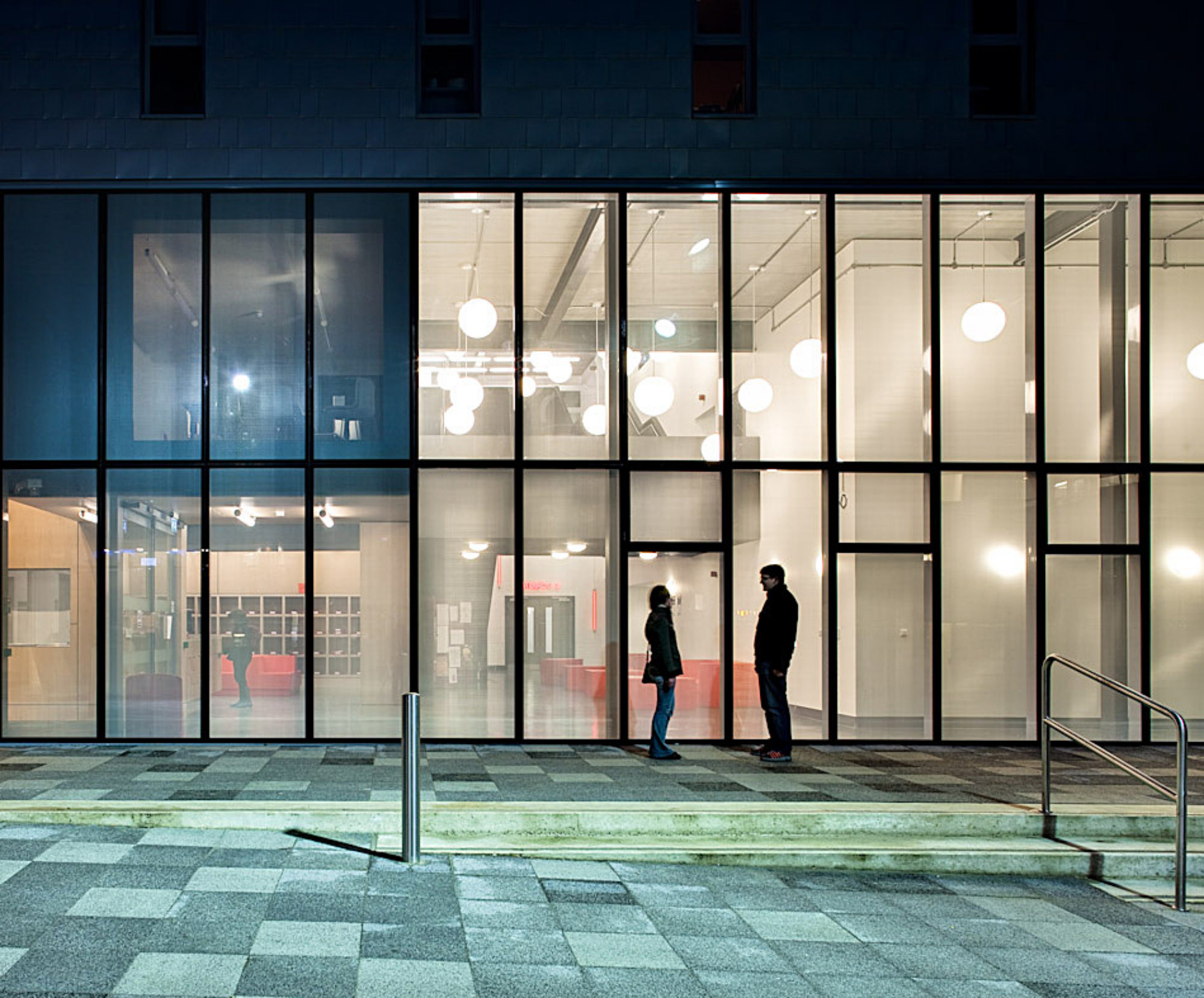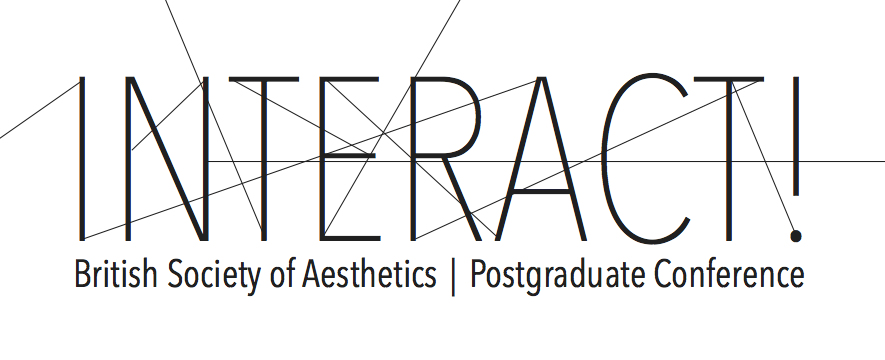‘INTERACT! British Society of Aesthetics Postgraduate Conference’ was a two-day event where postgraduates were able to present their research, share ideas and interact with each other and established members of the academic community. The conference allowed remote participation, all presentations were recorded and can now be viewed online.
Programme
Saturday 7th February
09:30 – 10:25 Registration
10:25 – 10:30 Welcome watch
Opening words by Michael Newall, Head of History and Philosophy of Art, University of Kent
10:30 – 12:00 Session 1 watch
Chaired by: Michael Newall, University of Kent
- Affective Representation of Aesthetic Properties ⎮Kris Goffin, Ghent University
- The Role of Emotions in the Experience of Inanimate Objects’ Expressiveness ⎮Marta Benenti, University of Turin
- The Temporality of Aesthetic Experience: A Neurophilosophical Approach ⎮ Carlos Vara, Universitat Pompeu Fabra
12:00 – 13:00 Lunch
13:00 – 14:30 Session 2 watch
Chaired by: Sara Janssen, University of Kent
- The Diversity of Counter-Moral Fictions and the Ethical Criticism of Art ⎮Adriana Clavel Vazquez, University of Sheffield
- Can we be Romantic about Narratives? Rediscovering a Context for Actual Intentions in Aesthetics⎮Mary Edwards, University College Cork
- Ryle on Make-believe: An Evaluation of the Treatment of Imagination in The Concept of Mind for Aesthetical Theories of Fiction⎮Guillaume Schuppert, Les Archives Henri Poincaré
14:30 – 15:00 Coffee&Tea
15:00 – 16:30 Session 3 watch
Chaired by: Margaret Schmitz, University of Kent
- What Constitutes Architecture’s High Art Status ⎮Rebecca Wallbank, Durham University
- On the Difference between Categories of Artworks and Nature; A Critique of Allen Carlson’s Unified Aesthetics ⎮ Mami Aota, The University of Tokyo
- Structural Monism for Musical Works ⎮ Nemesio Garcia-Garril, University of Granada
16:30 – 17:00 Coffee&Tea
17:00 – 18:30 Keynote – Professor Dominic McIver Lopes watch
Chaired by: Shelby Moser, University of Kent
‘Aesthetic Experts, Guides to Value’⎮Professor Dominic McIver Lopes, University of British Columbia
19:00 Conference Dinner
Sunday 8th February
10:00 – 10:30 Coffee
10:30 – 12:00 Keynote – Professor Elisabeth Schellekens watch
Chaired by: Mark Windsor, University of Kent
- On Sensible and Intelligible Beauty ⎮Professor Elisabeth Schellekens, University of Uppsala & University of Durham
12:00 – 13:00 Lunch
13:00 – 14:00 Session 4 watch
Chaired by: James Finch, University of Kent
- Aesthetic Powers and Adverbials ⎮James Matharu, St Cross College, University of Oxford
- Wink-Wink, nudge-nudge. Visual indicators of irony in cartoons. ⎮Dieter Declercq, University of Kent
14:00 – 14:30 Coffee&Tea
14:30 – 15:30 Session 5 watch
Chaired by: Dr. Margrethe Bruun-Vaage, University of Kent
- The Phenomenology of Dance: Husserlian and Post-Husserlian Approaches ⎮Emma Lowe, KU Leuven, Belgium
- Technology’s Instances: The digital Re-configuration of Dance Work Ontology⎮Hetty Blades, Coventry University
15:30 – 16:00 Coffee&Tea
16:00 – 17:15 Panel Discussion: ‘How to Publish and Career Advice’
Chaired by: Dr. Margrethe Bruun-Vaage, University of Kent
- Doctor Jonathan Friday, University of Kent
- Professor Dominic Lopes, University of British Columbia
- Professor Elisabeth Schellekens, University of Uppsala & University of Durham
- Professor Murray Smith, University of Kent
- Watch the career advice video, with: Stacie Friend, Bence Nanay, Andrew Huddleston, Berys Gaut, Eileen John, Robert Stecker, Christy Mag Uidhir, Carolyn Korsmeyer, Dan Cavedon-Taylor, Katherine Thompson-Jones, David Davies, Derek Matravers, Aaron Meskin, John Hyman, Simon Fokt, Yuriko Saito, and Kathleen Stock.
17:15 – 18:15 Wine Reception





